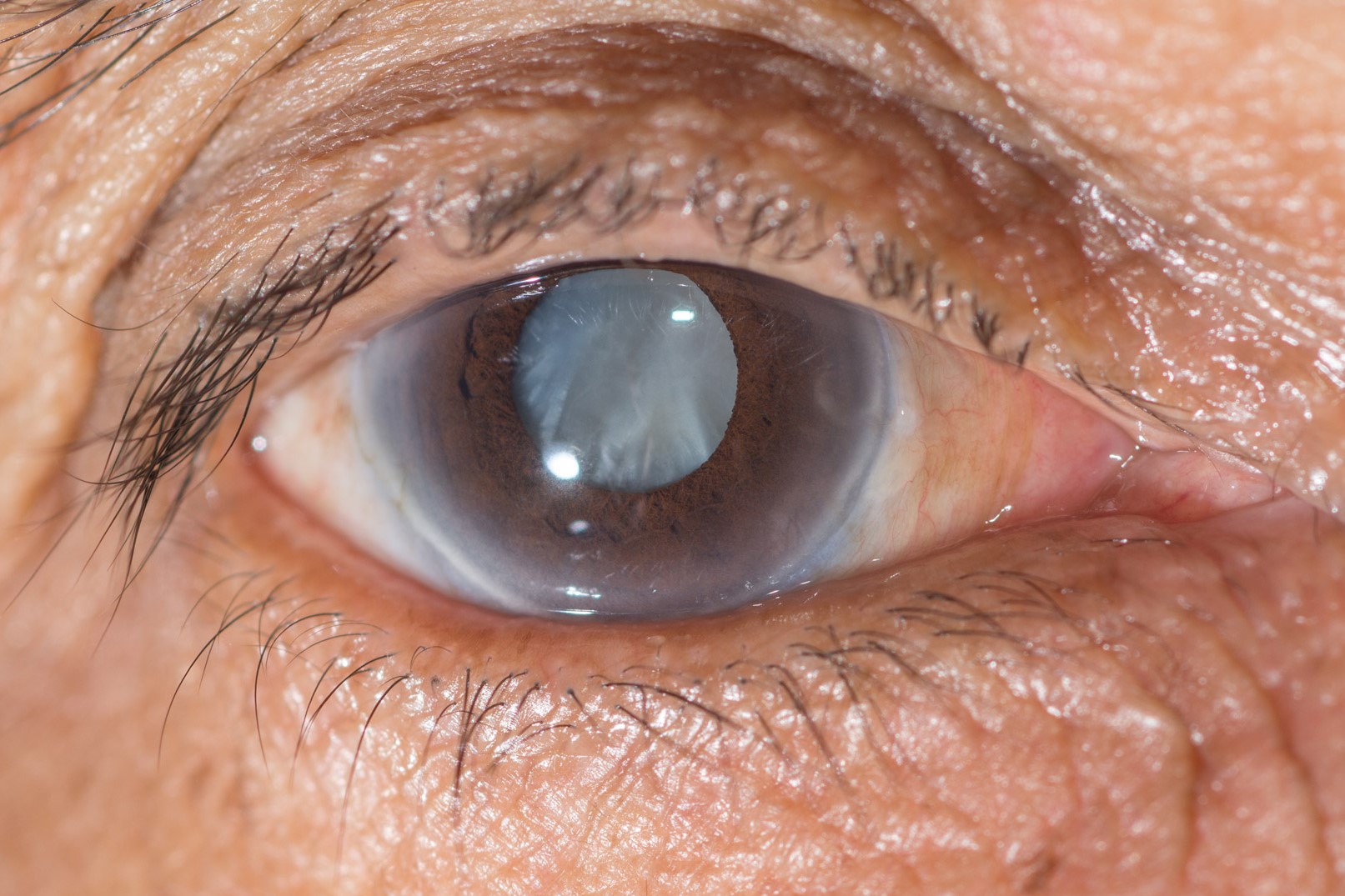
Eye for health: cataract surgery with intraocular lenses to correct visual defects
Cataract surgery is the most performed surgical procedure in the world. It consists of removing the natural lens and replacing it with an artificial one
Not everyone knows, however, that this surgery, which has always been thought of simply as resolving a specific pathology, the opacification of the crystalline lens precisely, can also become a corrective procedure for refractive purposes, thanks to the use of intraocular lenses that correct visual defects.
Cataract: what it is and when to operate
Cataracts are the most commonly encountered eye disease in older age and are caused by opacification of the lens found inside the eye, the crystalline lens.
We imagine the crystalline lens as a transparent, biconvex disc-shaped lens positioned between the iris and the vitreous body, anchored to the ciliary body by ligaments; through the ciliary body, its curvature is varied to adjust its refractive power and consequently its focus so that we can see objects placed at different distances sharply.
It works, therefore, like a camera: increasing the curvature will allow us to see objects closer sharply, decreasing it will allow us to see objects farther away in focus.
During cataract surgery, the opacified natural lens is removed and a transparent artificial lens, the so-called IOL (Intraocular Lens), is inserted.
Symptoms that lead the patient to surgery are:
- blurred vision;
- progressive decline in distance vision;
- glare in frontal light (especially when driving at night).
How cataract surgery is performed
In order to rule out pathologies or anatomical changes that might compromise a full recovery, the patient will undergo a series of scrupulous examinations during the preadmission.
Three days before surgery, the patient will be required to follow prophylaxis consisting of:
- instillation of eye drops;
- careful cleaning of the eyelid rim.
The procedure, which is short in duration and performed in day hospital, involves topical local anesthesia (eye drops).
The postoperative course is rapid: the patient will need to cover the operated eye with a bandage for 1 day until the follow-up visit (the day after the operation) and will need to instill more eye drops for about 15 days; visual recovery will occur as early as the day after surgery.
From cataract surgery to the use of intraocular lenses
The main purpose of classic cataract surgery is the removal of the opacified lens and the restoration of clear vision; only in some specific cases is it possible to eliminate the spectacles either by distance or by reading.
With classic surgery, in which monofocal lenses are implanted, the main refractive defects can be corrected only and partially: myopia, hyperopia.
With new technologies and the inclusion of the new intraocular lenses, the so-called Premium IOLs, we guarantee, on the other hand, complete correction of all refractive defects (even presbyopia!) and the elimination of glasses altogether.
Indeed, we can correct the main refractive defects:
- myopia;
- hypermetropia;
- astigmatism;
- partially even presbyopia.
Therefore, cataract surgery is moving from being a purely pathology-resolving procedure, that is, with the sole purpose of eliminating visual opacification, to being a true refractive surgery procedure, that is, one that also eliminates glasses.
Read Also
Emergency Live Even More…Live: Download The New Free App Of Your Newspaper For IOS And Android
Cataract: Symptoms, Causes And Intervention
Inflammations Of The Eye: Uveitis
Corneal Keratoconus, Corneal Cross-Linking UVA Treatment
Myopia: What It Is And How To Treat It
Presbyopia: What Are The Symptoms And How To Correct It
Nearsightedness: What It Myopia And How To Correct It
Blepharoptosis: Getting To Know Eyelid Drooping
Lazy Eye: How To Recognise And Treat Amblyopia?
What Is Presbyopia And When Does It Occur?
Presbyopia: An Age-Related Visual Disorder
Blepharoptosis: Getting To Know Eyelid Drooping
Rare Diseases: Von Hippel-Lindau Syndrome
Rare Diseases: Septo-Optic Dysplasia
Diseases Of The Cornea: Keratitis


